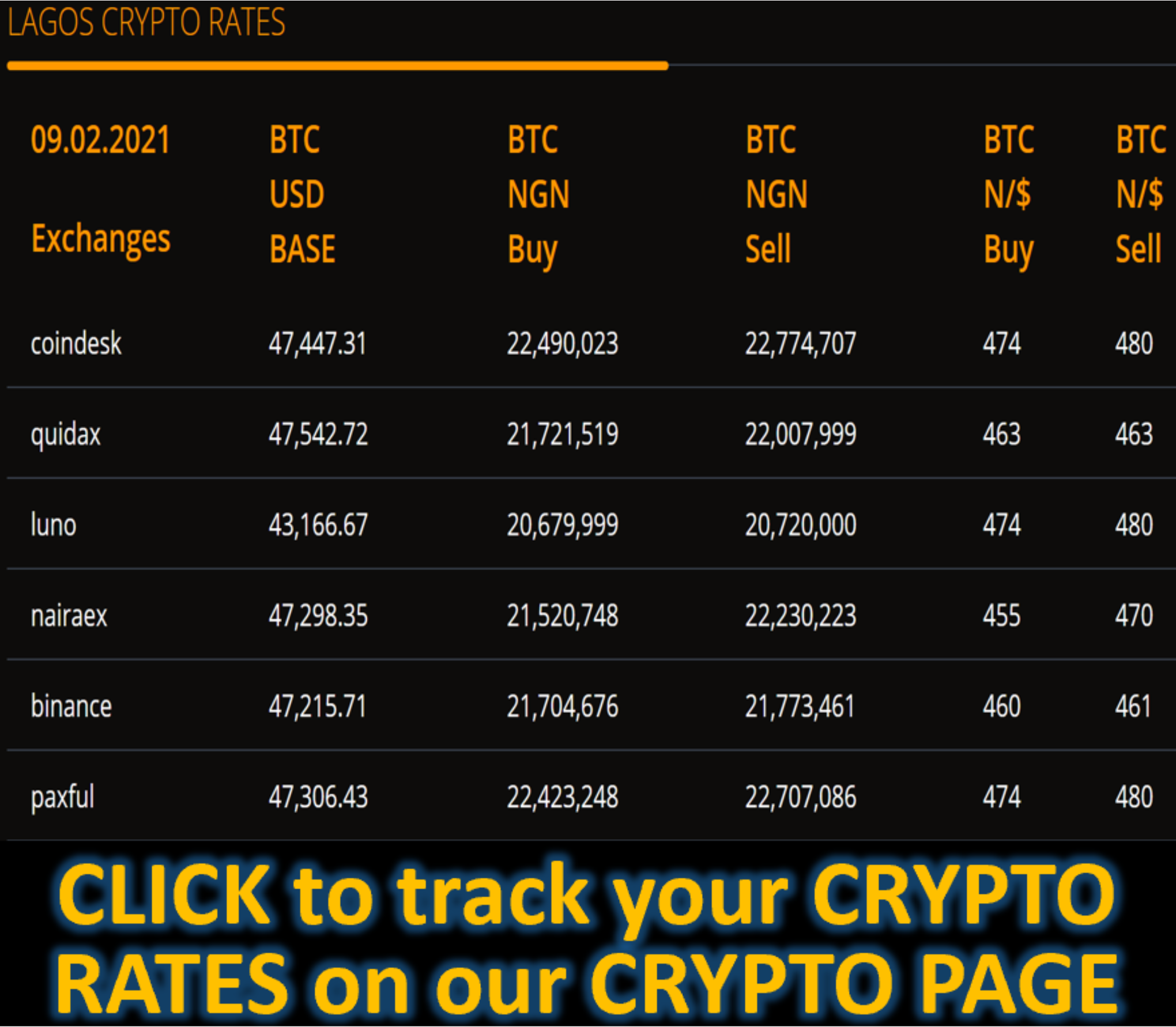Market News
The Euro, the Pound, and the U.S. Dollar Post-Brexit - INVESTOPEDIA
More than two years after the finalization of Brexit, the impact of Britain's decision to separate itself from the European Union (EU) continues to be felt in the currency markets.
On June 23, 2016, British voters decided unexpectedly that the U.K. would no longer be part of the European Union.1 Then, on Jan. 31, 2020, Brexit became a reality as the country left the EU.2 In the interval between the two historic dates, the country descended into political and economic chaos. Nowhere was the confusion more evident than in the foreign exchange markets, where foreign exchange (forex) traders took the euro, the pound, and the U.S. dollar on a roller-coaster ride before a new equilibrium was reached.
Key Takaways
- More than two years after Brexit, the British pound continues to trade below its pre-Brexit level.
- The euro strengthened a bit when the U.K. signed a provisional free-trade deal with its largest trading partner, the European Union at the end of 2020.
- Despite a weaker U.S. dollar, the British pound has lagged on concerns about post-Brexit trade and political stability in the nation.
How Brexit Affected the Euro
Soon after Brexit occurred, the British pound rose in February 2020 before hitting a low of 1.06 against the euro on March 18, 2020. Two years later, the British pound climbed as high as 1.21 on March 4, 2022 and is trading at around 1.17 as of July 19, 2022.3
The period has been marked by uncertainty and volatility for the currency, as Britain also dealt with other issues related to the pandemic and Brexit trade deals with the European Union.
A New Virus Strain and Uncertain Trade Deal
In December 2020, a new virus strain that spread more quickly resulted in a travel ban for flights from the U.K. as Germany, France, Belgium, Austria, Italy, Bulgaria, Ireland, and the Netherlands announced new restrictions.4
The U.K.-EU trade deal that was signed on Dec. 30, 2020, also changed certain things post-Brexit as businesses and individuals now had to comply with two different sets of policies rather than a single uniform set that applied across Europe and the U.K. In particular, fishing access and control over its waters by the U.K. became a highly negotiated area, with talks between the EU and the U.K. on fisheries scheduled to start in 2026.5
How Brexit Affected the Pound
Uncertainty surrounding trade deals between Britain and other leading economies, notably the European Union after Brexit, affected the British pound as well.
As soon as the Brexit referendum results were declared, indicating that Britain would leave the European Union, the pound fell to a 30-year low.6
Although it rallied after the announcement, the currency continued to show weakness after Brexit became official and is still traded below its December 2020 peak.7
How Brexit Affected the US Dollar
The pound also struggled to get back to pre-Brexit levels against the U.S. dollar in 2021 and afterward. While a weaker dollar due to the pandemic and the U.K.'s quick vaccine rollout helped the British currency for a short while, larger concerns about trade deals after Brexit continued to affect it.8 The downward trend also has been reinforced by the recent tensions over Russian attacks in Ukraine and the resulting perception of the U.S. dollar as a safe haven.9
Although repeated rate hikes since December 2021 by the Bank of England have bolstered the pound at times, uncertainty over the Northern Ireland border protocol after Bre10xit—an agreement between the U.K. and the European Union determining the trade rules for Northern Ireland, as it shares a land border with Ireland, which is an EU member—continued to weigh down the currency, as GBP/USD continues to hover around 1.2.1011
What Is Brexit?
Brexit is a portmanteau of the words "British" and "exit" coined to refer to the U.K.'s decision in a June 24, 2016, referendum to leave the EU.1 On Dec. 24, 2020, the U.K. and the EU struck a provisional free-trade agreement that ensures the two sides can trade goods without tariffs or quotas. However, key details of the future relationship remain uncertain, such as trade in services, which make up 80% of the U.K. economy. This prevented a "no-deal" Brexit, which would have been damaging to the U.K. economy.1213
What Is Foreign Exchange?
Foreign exchange, sometimes called forex or FX, refers to the process of changing one currency into another for a variety of reasons, usually for commerce, trading, or tourism. Trading currencies can be risky and complex.14 Because there are such large trade flows worldwide, it is difficult for individual traders to affect a currency's price fluctuations and exchange rates. This system helps create transparency in the forex market.
How Do Foreign Exchange Rates Work?
An exchange rate is the value of a country's currency versus that of another country or economic zone. Most exchange rates are free-floating, rising or falling based on supply and demand. Exchange rates can have what is called a spot rate, or cash value, which is the current market value. Alternatively, an exchange rate may have a forward value, which is based on expectations for the currency to rise or fall against its spot price. Forward values may fluctuate due to changes in expectations for future interest rates in one country versus another. Some exchange rates are not free-floating and, as such, are pegged to the value of other currencies.









